
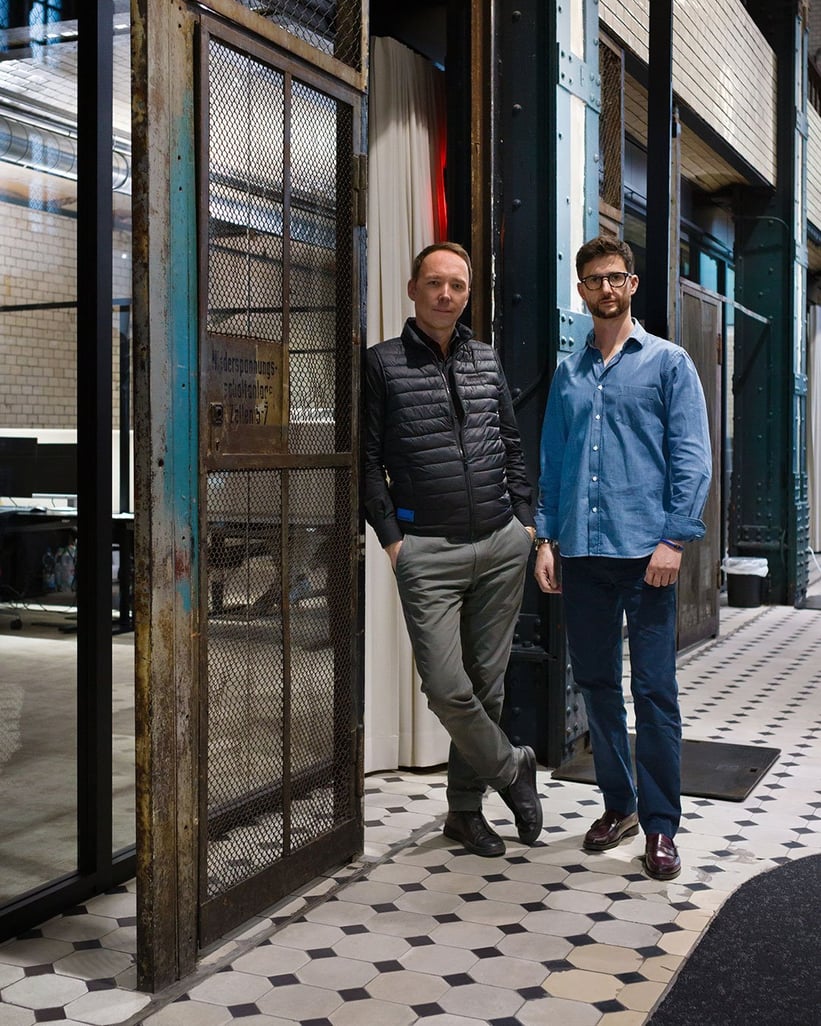
In 2023, Classic Driver and Flitzer Club had the opportunity to invited friends to a journey through the past, present and future of the automobile at their "Gran Turismo" event at E-Werk Berlin. One of the city’s most famous landmarks, the old industrial building retells the city’s history of transformation like few others. Built between 1924 and 1928 according to plans by the influential architect Hans Heinrich Müller, the Umspannwerk Buchhändlerhof – as the expressionist brick building was known during that era – supplied the metropolis' fast-growing need for electricity, illuminating the street lights along Unter den Linden boulevard and powering the rapidly expanding S-Bahn network. After the Second World War, the badly damadged substation near ‘Checkpoint Charlie’ was restored and run as Kraftwerk Mauerstraße under Soviet command, until it was abandoned in the 1980s.
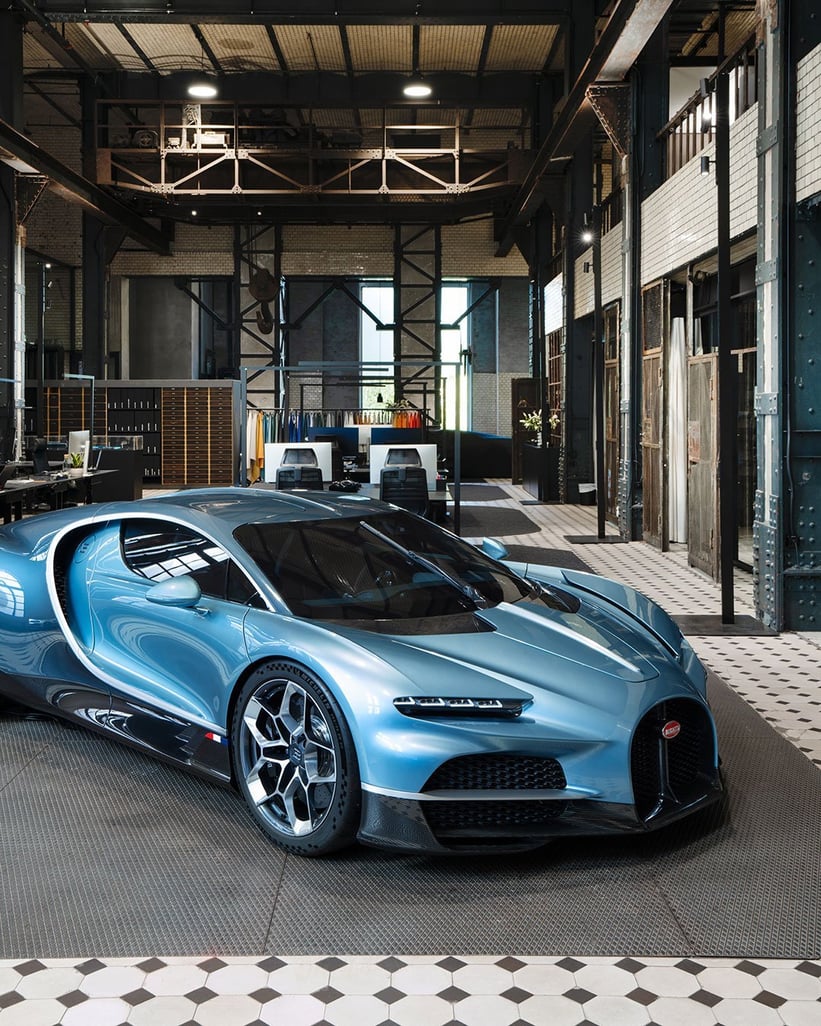
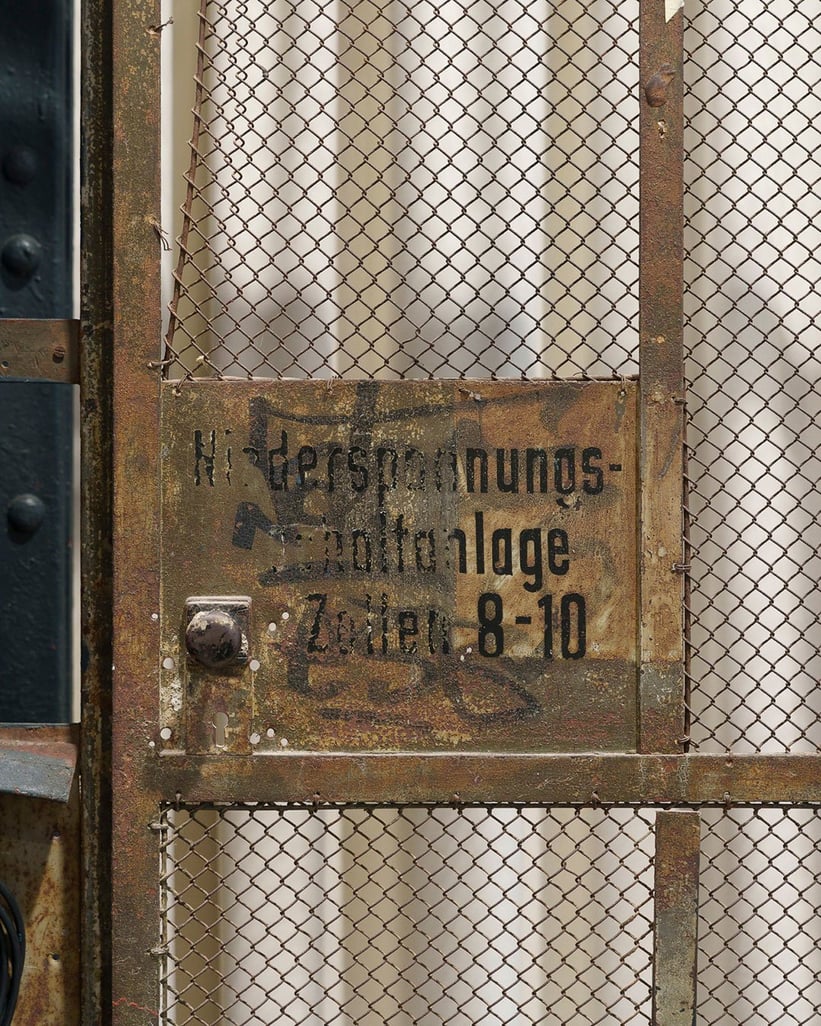
After the Fall of the Berlin Wall, the emerging techno subculture appropriated many of the city’s abandoned industrial buildings for celebrating parties and, naturally, the church-like halls of the electrical substation were predestined for worshipping the new ‘rave gods’, like DJ Westbam and Paul van Dyk. In 1992, a permanent techno club named ‘E-Werk’ opened its doors to the lucky few who were granted entry, soon to be known as hot stop for the electronic music scene – a Studio 54 for the rave generation. But the transformation of the city proceeded at an unrelenting pace, free urban spaces had to make room for real estate projects, and in 1997 the lights went off at ‘E-Werk’ for the very last time. After two decades as an event venue, the heritage site is to write its next chapter.
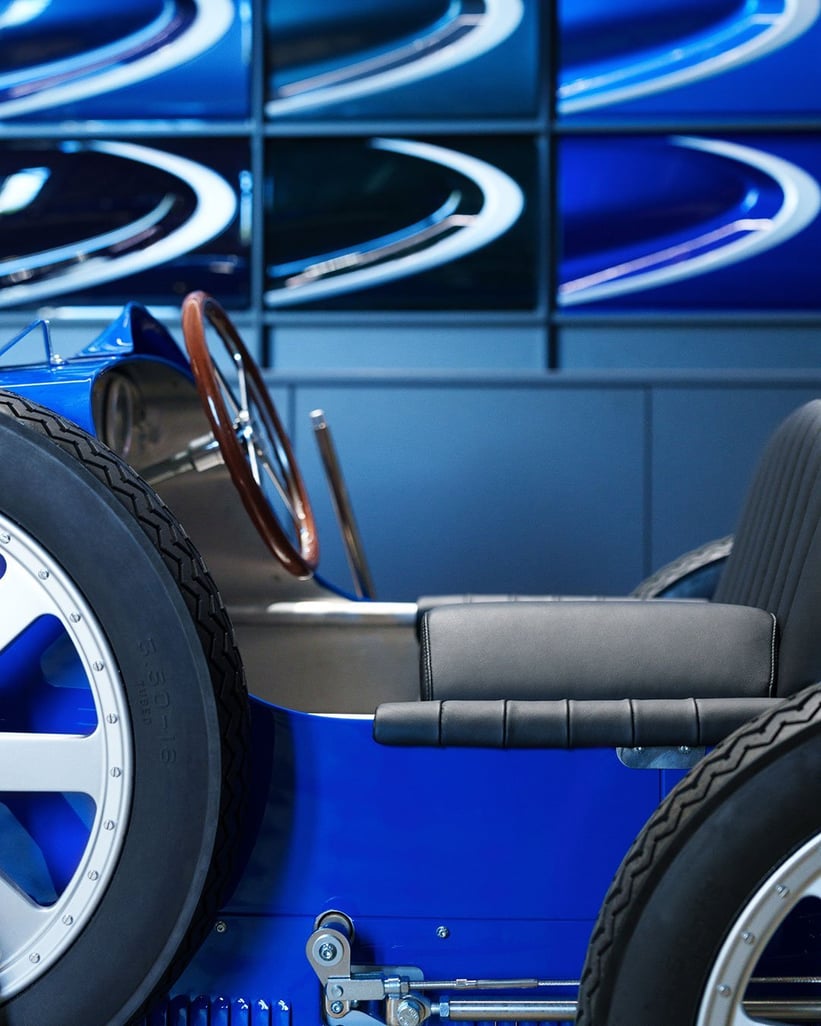
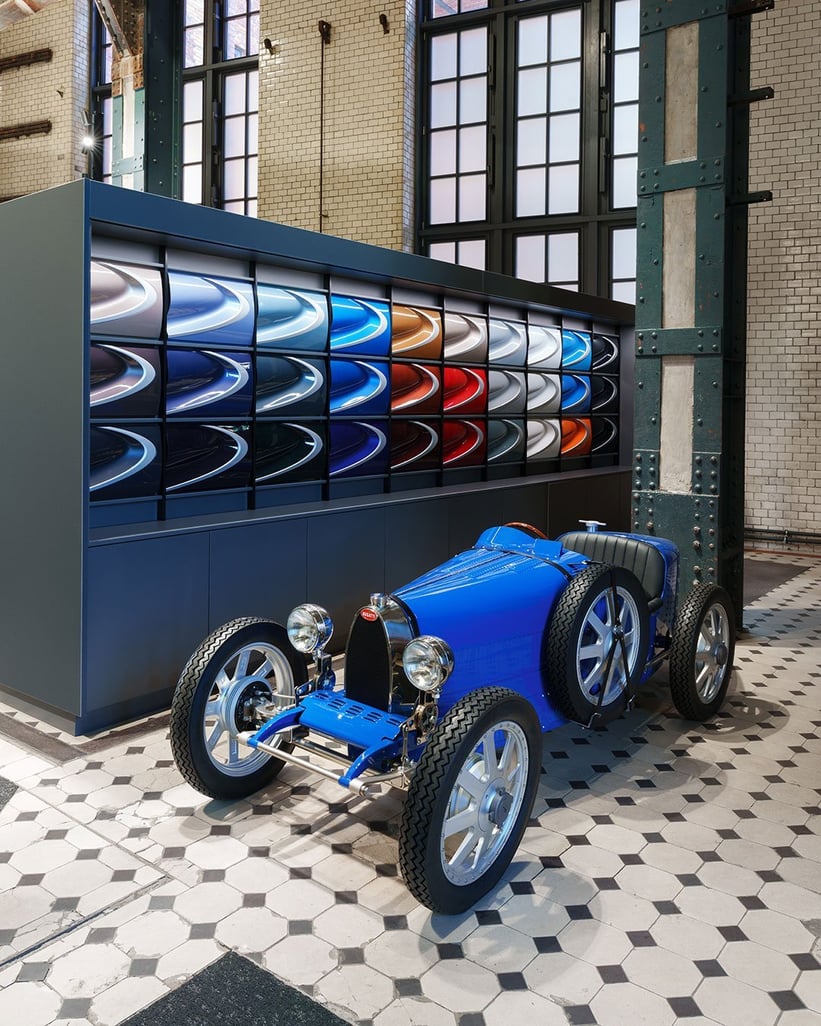
Before the start of the renovation works, Bugatti’s Design Director at the time, Achim Anscheidt, and Chief Exterior Designer Jan Schmid kindly granted our friend Dirk Rumpff of Flitzer and us the chance to take over the iconic building for one special event – and a night to remember. Now, the Bugatti Design Studio under the lead of Design Director Frank Heyl has moved into its new 1,100 square-meter space in the heart of Berlin, promising to generate ideas for the future of automotive excellence and celebrate the spirit of heritage that has inspired them.


Replacing the art of traditional vehicle clay-modelling with an equally intricate modern-day medium, Bugatti’s designers can transform the open industrial space with its ceramic tiling and old cast iron staircases into an immersive virtual design studio, with the CAD concept of any given vehicle at the center. At the same time, the creative process will rely on the good old, tried-and-tested practices of automotive design, letting customers who visit the studio see their commissions come to life in hand-drawn sketches while artisans present cabin materials of every cut, thread and origin. And just like that, after witnessing the industrial revolution, the cold war decades and the rise of electronic music after the fall of the wall, the old E-Werk will witness another exciting chapter of individualism, cultural expression, and innovation when Bugatti’s next dream car comes to life in its time-honoured halls.
Photos: Bugatti

















